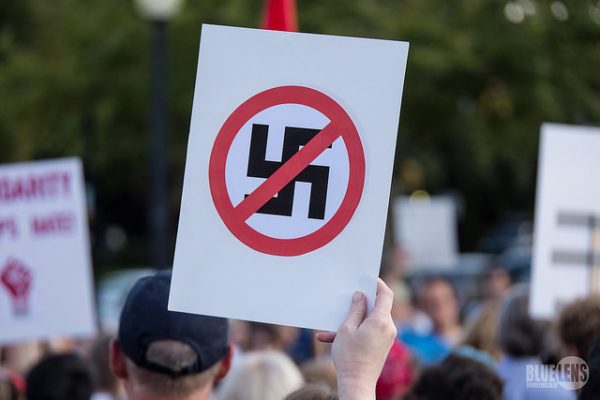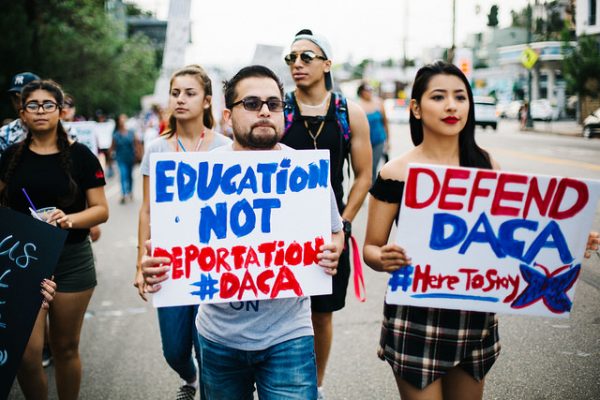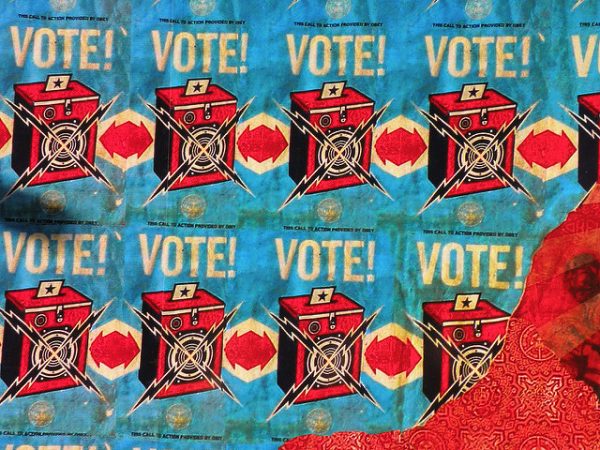
Prominent figures in American film, news, and politics are facing a dramatic wave of sexual harassment accusations. In response, the heads of organizations — like the Academy of Motion Pictures Arts and Sciences and various colleges and universities — are not only encouraging victims to voice their allegations, but also re-examining their own institutional cultures. Social science research has explored the social dynamics of sexual harassment in the workplace and the conditions that prevent reporting.
Individuals who experience sexual harassment often do not report right away — some may not interpret their experiences as abuse at first, but even when they do, many choose not to come forward. And others who are aware of the harassment frequently turn a blind eye. In order for victims of sexual harassment, discrimination, or abuse to come forward, they must first believe that doing so will be effective and not result in their own harm. Lost jobs opportunities and the fear of retaliation are among the most frequent reasons for not reporting, and educational, psychological factors, and financial resources all influence the likelihood of reporting.
- Amy Blackstone, Christopher Uggen, and Heather McLaughlin. 2009. “Legal Consciousness and Responses to Sexual Harassment.” Law & Society Review 43(3): 631–668.
- Deborah Brake. 2007. “Perceiving Subtle Sexism: Mapping the Social-Psychological Forces and Legal Narratives that Obscure Gender Bias.” Columbia Journal of Gender & Law 16: 679.
- Elizabeth Wolfe Morrison and Frances J. Milliken. 2000. “Organizational Silence: A Barrier to Change and Development in a Pluralistic World.” Academy of Management Review 25(4): 706-725.
Organizations can also develop cultures of corruption and silence as sexual harassment becomes embedded within the institution. Members normalize and justify these practices, and then socialize newcomers to view such behavior as permissible and even desirable. In doing so, members of the organization legitimize and reinforce the status quo. For instance, women’s success may be interpreted as a threat to men’s masculinity, and in some cases, these men respond through controlling practices like sexual harassment. In order to keep their jobs and avoid conflict with coworkers, many women remain silent and feel they must tolerate unwelcome sexual advances. When coworkers witness harassment and do not respond, victims may internalize negative judgments, which lowers their sense of well-being and reduces opportunities for collective action.
- Heather McLaughlin, Christopher Uggen, and Amy Blackstone. 2012. “Sexual Harassment, Workplace Authority, and the Paradox of Power.” American Sociological Review 77(4): 625-647.
- Deborah Jones and Judith Pringle. 2015. “Unmanageable Inequalities: Sexism in the Film Industry.” The Sociological Review 63(1): 37-49.
- Diane Vaughan. 1996. The Challenger Launch Decision: Risky Technology, Culture, and Deviance at NASA. Chicago: University of Chicago Press.
- Blake E. Ashforth and Vikas Anand. 2003. “The Normalization of Corruption in Organizations.” Research in Organizational Behavior 25: 1-52.









